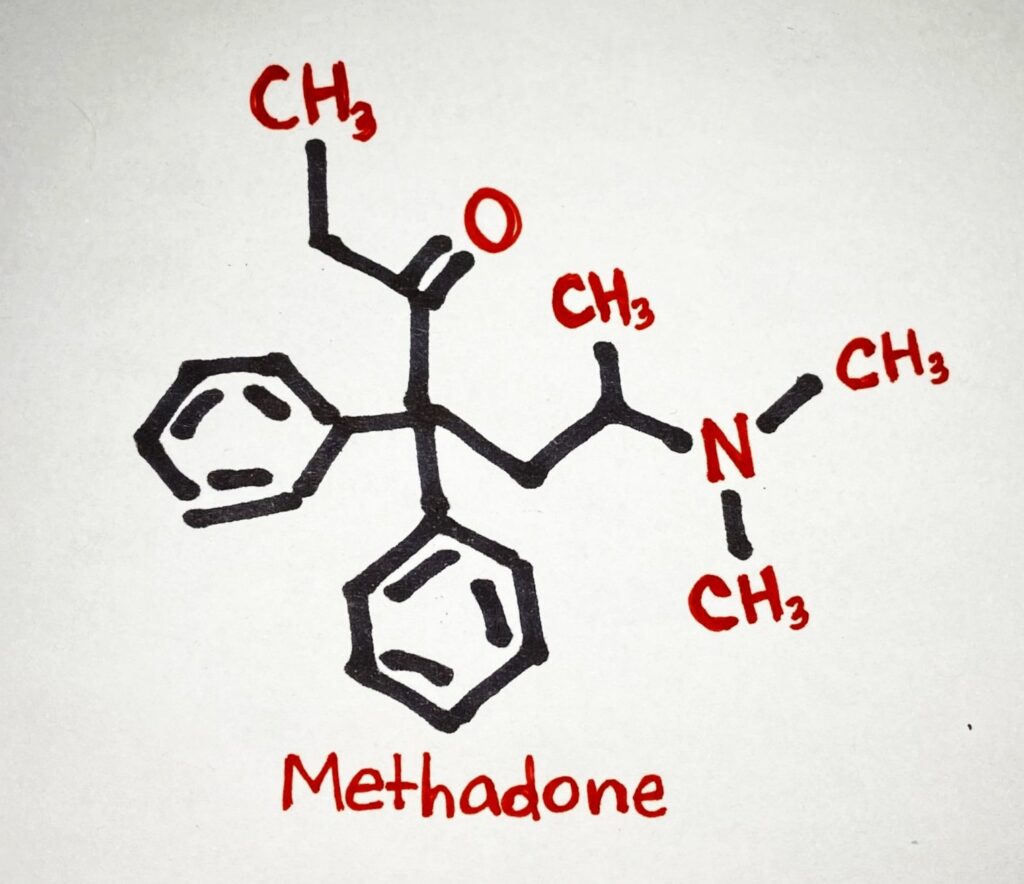Key Points
American lawmakers have traditionally discouraged risky behaviors with abstinence-only approaches.
These approaches have proven largely ineffective on a population level.
Harm reduction approaches are more successful in that they are individually centered and aim to “meet people where they are.”
Harm reduction does not ignore or minimize the risks associated with certain behaviors.
Existing harm reduction programs have been proven to decrease infectious disease transmissions, reduce smoking rates and improve public health outcomes.
Lawmakers should look to harm reduction as an important tool to address public health crises.
The primary principle of harm reduction is to “meet users where they are,” rather than to demand immediate ces- sation. Based on this principle, individuals engaging in risky behavior are encouraged to use safer techniques and modify behaviors, which may ultimately be pathways to abstinence or cessation.
Featured Publications
Sarah Anderson, Jillian Snider
April 18, 2024
Stacey McKenna
April 18, 2024
Logan Seacrest, Jillian Snider
April 16, 2024
Chelsea Boyd
April 11, 2024
Stacey McKenna
April 11, 2024
Stacey McKenna
March 18, 2024
Stacey McKenna
March 15, 2024
Lisel Petis
March 5, 2024









